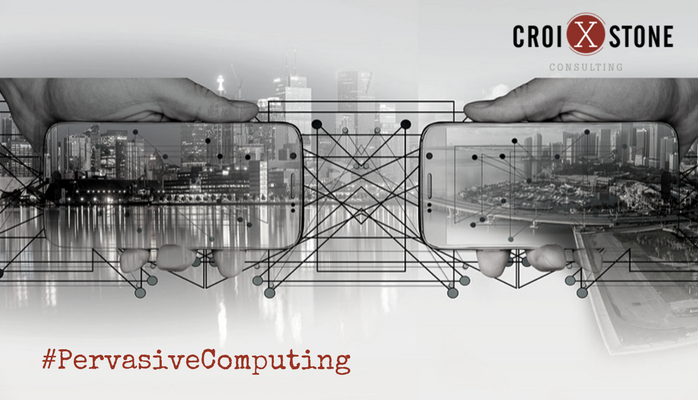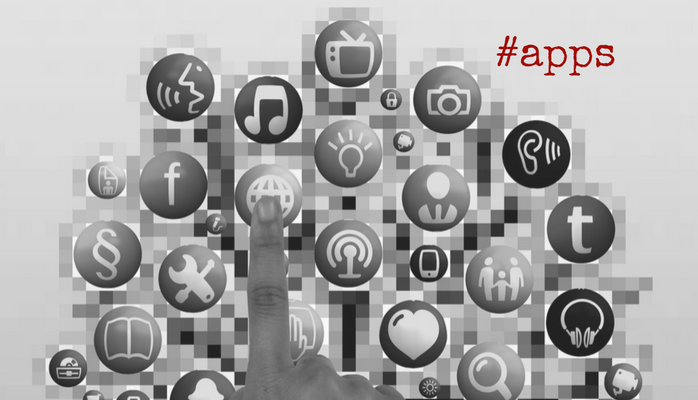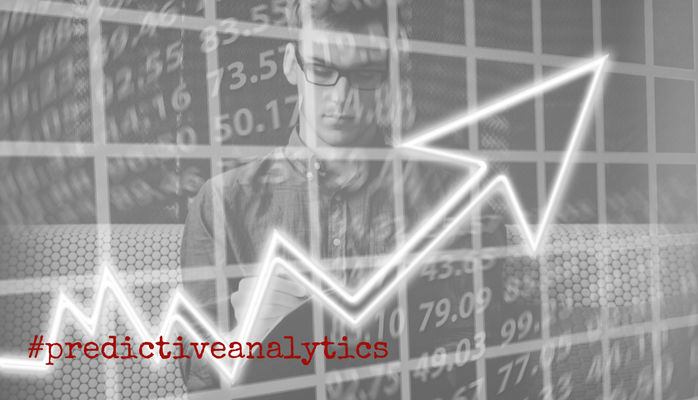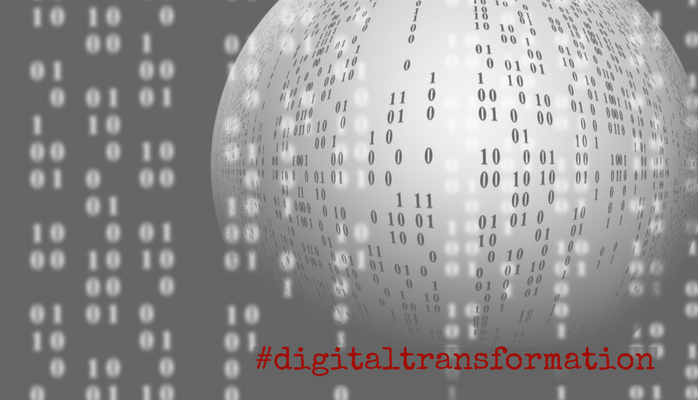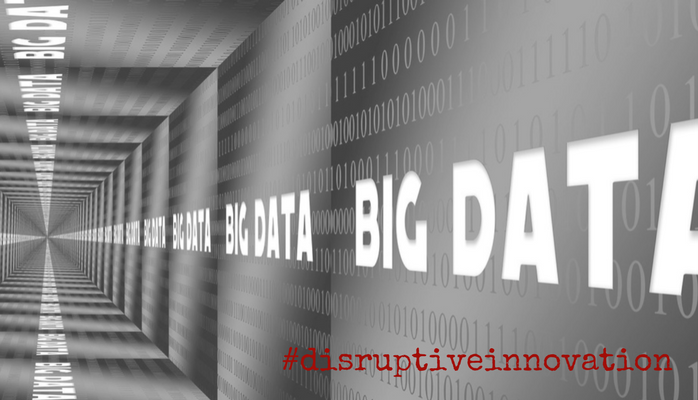Pervasive Computing 101
In a recent MIT Sloan Management Review article, Dr. Albert H. Segars from University of North Carolina Kenan-Flagler Business School outlined seven core technologies that are altering nearly every dimension of our lives and their implications for commerce, health care, learning, the environment and more. According to Dr. Segars, pervasive computing is one of the core technologies that every business leader should become familiar with as the digital revolution rages on.
Pervasive computing, also called ubiquitous computing, is a concept where information, media, context, and processing power are delivered conveniently to us in all kinds of things. The Apple Watch’s ability to alert users of incoming phone calls and to allow users to complete calls through the watch, is an example of pervasive computing. The large network of connected microprocessors embedded in everyday objects allows access to information from virtually anywhere and at any time.
First pioneered in the late 1980s at the Olivetti Research Laboratory in Cambridge England, the development of the “Active Badge“, a small clip-on microcomputer employee ID card, enabled the company to track employee movement. This spurred articles by the The New York Times, ComputerWorld and other publications about George Orwell’s Big Brother prediction coming true.
- Communications
- Logistics
- Transportation (by air, land and sea)
- Energy
- Learning
- Military
- Banking/Finance
- Production
- Smart Homes
- E-commerce
- Security & Safety
- Healthcare/Medical Technology
- Media

